
What to expect from karting
How race day works - a typical day at the circuit
Race days tend to start early, so aim to arrive at the circuit between 7:00 and 7:30am. That gives you time to unload the trailer, get the karts up on stands, and set up the awnings before things get hectic. It’s a bit of a morning workout, but once the awnings are up and the karts are standing proud, the rest of the day flows much smoother.
Once you’re set up, it’s time to check over the kart. This is your chance to spot any issues before you're under pressure. Make sure the brakes are working and the wheels are on properly—don’t forget to check if today’s a slicks or wets kind of day. Give everything a good shake: is the seat bolted down tight? Is the steering wheel firm? Is anything obviously loose or rattling? Tyre pressures are a science and an art in karting; depending on the weather and track conditions, anything from 9 to 28 psi can be “right.” A general rule: colder weather usually calls for higher pressures. Finally, top up the fuel and give it one last look over before heading to scrutineering.
Scrutineering is where the officials check your kart for safety—not for rule compliance, just to make sure it’s safe to run. Bring all the essential gear with you: the driver’s helmet, gloves, suit, boots, and most importantly, their licence. If everything passes, the officials will keep the licence for safekeeping and return it to you at the end of the day when the transponder is handed in.
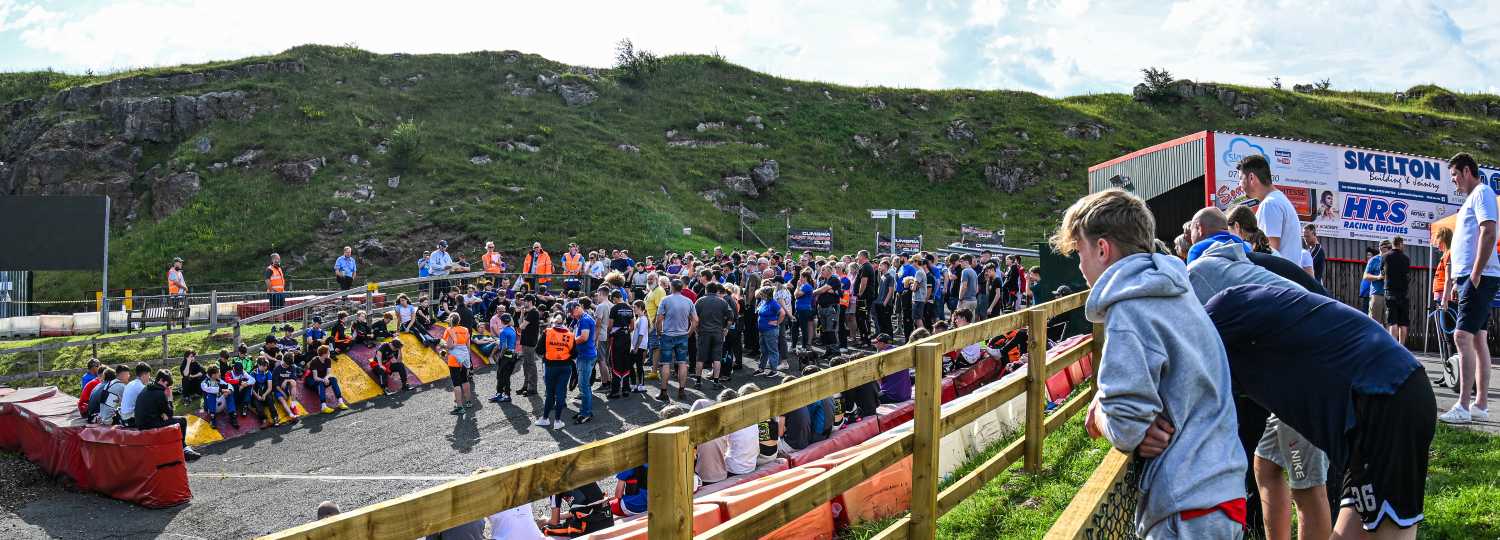
Back at the pits, someone should come round with a transponder. This is a little black box that tracks lap times, and it needs to be cable-tied securely to the back of the seat. Without it, you won’t show up on the timing screens, and nobody wants to go "invisible" on race day.
Before things kick off, take a walk of the track—ideally with someone who knows it well. It’s a great way to get a feel for the layout, especially if it's your first time at this particular circuit. Take note of key corners, marshal posts, and any areas that look like they might get slippery if the weather turns. If it's already damp, look for patches that seem extra slick.
At some point in the morning, there’ll be a paddock briefing. This is compulsory for everyone—drivers and parents alike. They’ll explain the schedule, safety notes, and importantly, when and where engines can be started. Typically, you’re only allowed to start the kart on the ground, with the rear wheels lifted, and only once the driver is seated, helmet on. Starting the kart on the stand is a big no-no, and some venues restrict engine starts to certain zones in the paddock.
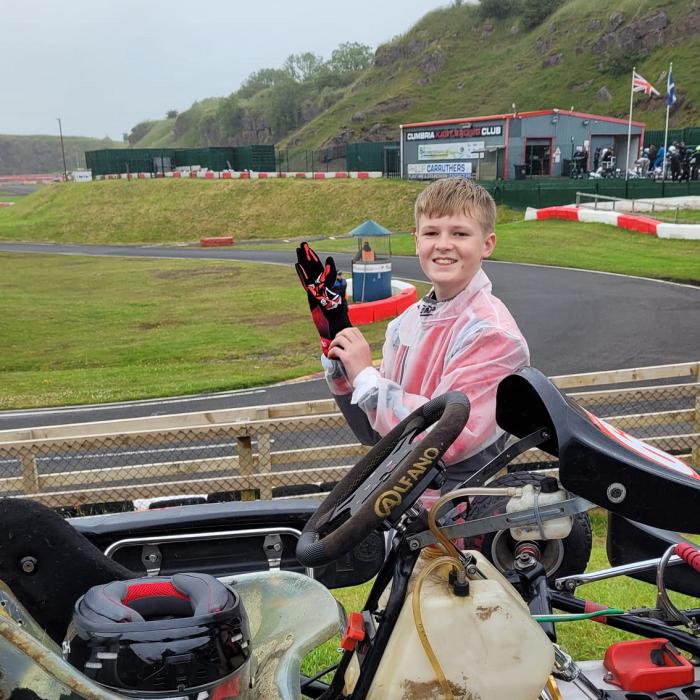
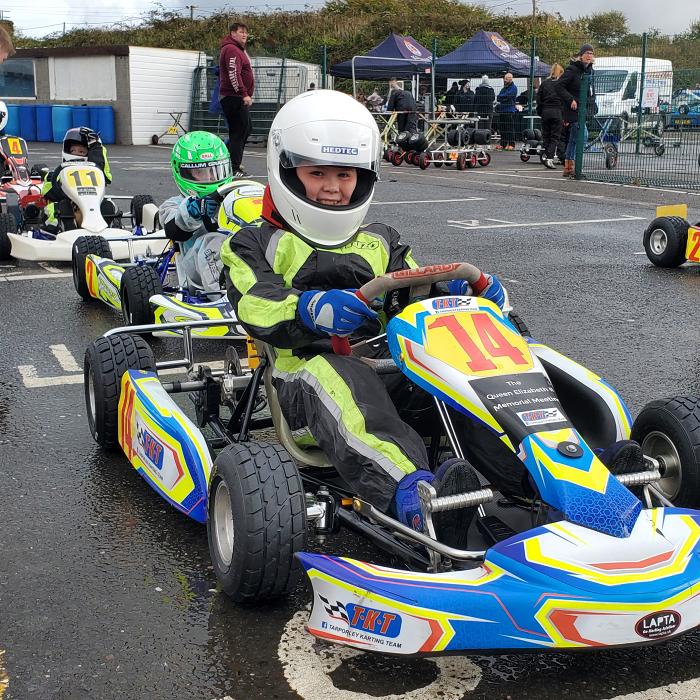
Now for the day’s structure. It usually follows a repeating order based on kart class, and you can find the final timetable online at www.motorsport-timing.co.uk. Generally, it starts with Class 12 and 14, followed by the two-stroke machines in Class 7 and 8, then Class 11 Hondas, the speedy Rotax karts in Class 15, the Honda novices (Class 11 and 14 Novice), and finally the Cadet karts in Class 1 and 4. This order runs on a loop throughout the day, with a break for lunch in the middle.
Each driver gets one round of practice and four heats, unless they’re a novice—in which case it’s typically four rounds of practice instead of races. There are rarely any loud announcements calling you to the grid, so you’ll need to keep an eye on the action. A good rule is to start prepping about one or two races before your class is due out. If you’re supporting a Honda novice, get ready once the Rotax karts start heading out.
Once it’s your turn, you’ll join the queue for the grid. When the race before you heads out, you’ll be invited forward. At that point, lift the kart off the trolley onto the grid and move the trolley to the designated trolley park. For practice, you can line up in any position, but for heats, each kart has an assigned grid spot. You’ll find your position on laminated sheets near the grid, online, or you can simply ask the grid marshal.

With the kart on the ground and in position, make sure the driver’s helmet is securely fastened, gloves are on, and they’re ready to go. Most people start engines just as the last lap of the current race is shown—don’t worry, you’ll hear the roar of others doing the same. When the previous race ends, the marshal will wave a green flag and call “Start your engines!” If yours is already purring, you’re ahead of the game. Then, the marshal will signal for karts to head out onto the track.
During practice, the karts will go straight out and begin their laps. For races, drivers will do a slow formation lap in two parallel lines, maintaining position until they reach the start-finish line. If the lights go out, that’s the signal—the race is on!
There are plenty of great spots around the circuit for spectating, and you can follow the action live on your phone via motorsport-timing.co.uk.
After each heat, the karts return to Parc Fermé. You’ll be invited in once the scrutineers give the go-ahead. Then it’s time to lift the kart back onto the stand and return to the team awning. Have a chat with the driver—how did it go? Anything feel off?
If the kart didn’t finish due to a mechanical issue or a crash, you can’t collect it immediately. The driver will usually be directed to a marshal post where they’ll wait (helmet still on) until a break in the schedule—usually after the next Class 1 and 4 session. You can ask the grid marshal when you’ll be allowed onto the track. If the kart is far from the finish line, there might be a closer access gate. But remember: never go onto the track without permission. Once you’re given the green light, take the trolley out, load the kart, and get off the track as quickly and safely as possible. Back at the pits, inspect the kart for damage, top up fuel, and make any necessary repairs.
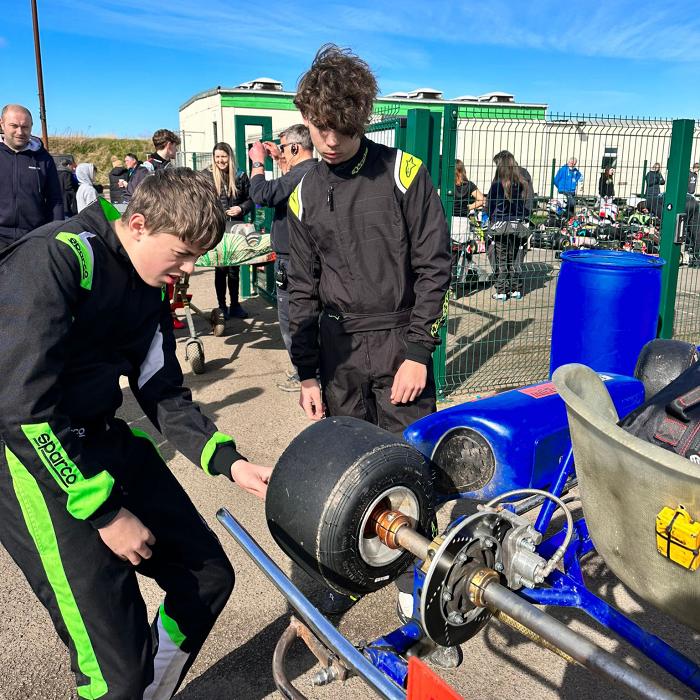

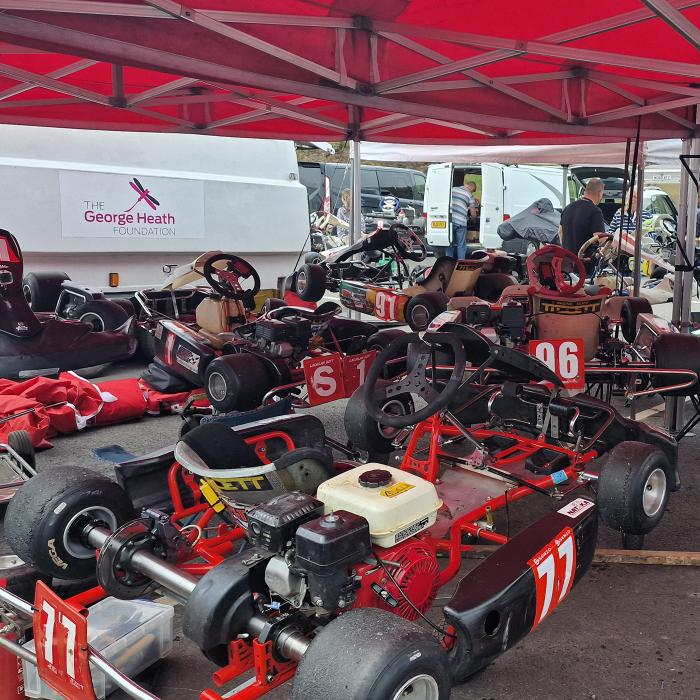
This process repeats heat after heat until the final session. Once the last heat is done, it’s time to start packing up. For the larger karts, you’ll usually need to lower the steering wheel (there’s a single bolt on the column) and remove the nose cone (just two clips) so it fits in the trailer. Cadets usually fit as they are.
Be sure to report any issues or damage to a team leader, and bring them up again at the next Wednesday meeting. Oh, and if you’ve got a bit of energy left—help collapsing the awnings and loading the trailer is always appreciated.
Prize-giving tends to happen about an hour after the final heat. It’s worth sticking around for — especially if your driver has had a good day!
And finally, some words of wisdom. The day has a rhythm to it that you’ll naturally fall into after a heat or two. Bring snacks and drinks to stay fuelled, and pack both waterproofs and suncream—this is the UK after all. Most importantly, don’t be afraid to ask questions. The Natska paddock is known for being welcoming and friendly, and there’s always someone around willing to help. Whether it’s your first race day or your tenth, there’s always something new to learn. And one last reminder... don’t forget the fuel!